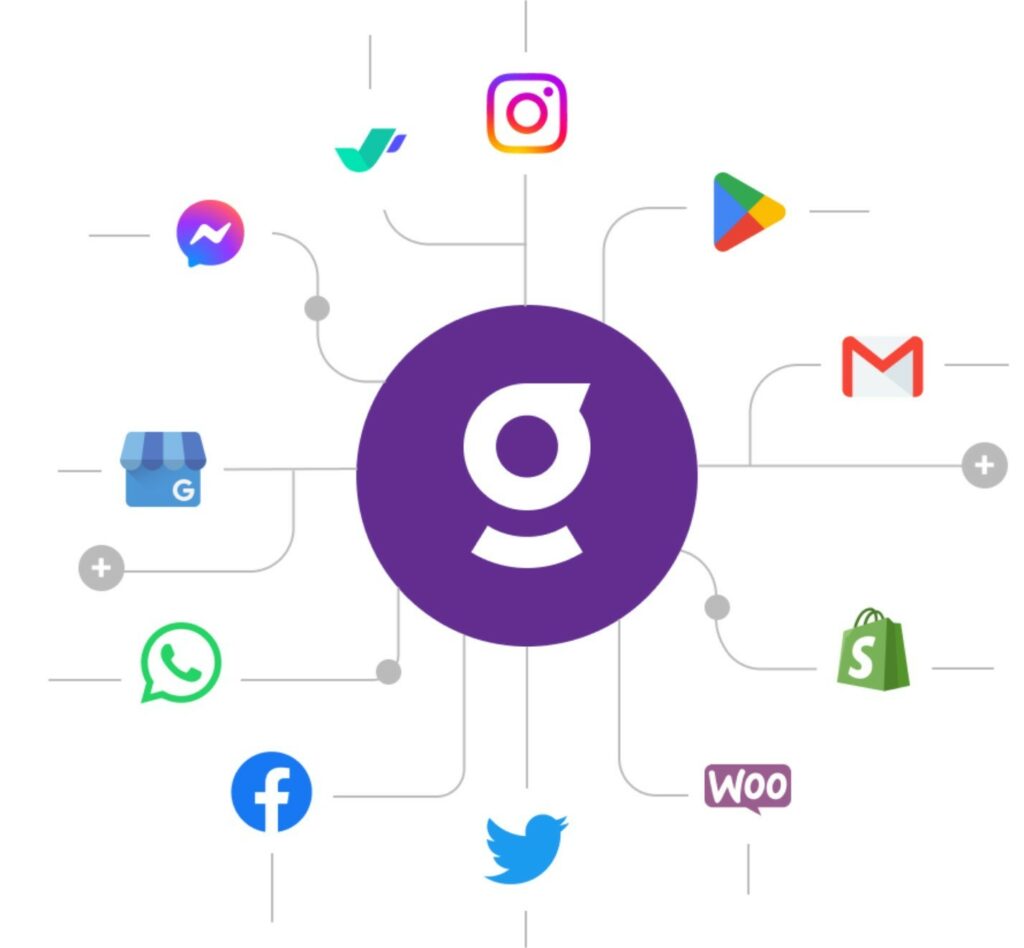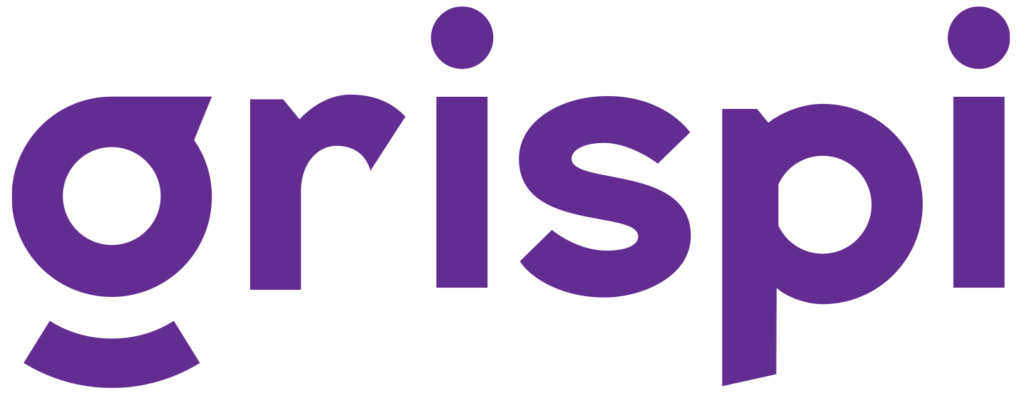How to Start a Call Center?
- September 2, 2024
-
Halil Çakır
In today’s competitive business landscape, call centers play a vital role in increasing customer satisfaction and improving operational efficiency. This article provides a step-by-step guide to help you set up an effective call center tailored to your business needs.
Step 1: Needs Analysis and Planning
The first step in starting a call center is conducting a thorough needs analysis. This involves identifying the type of customer support your business will provide and determining which communication channels will be used—such as phone, email, live chat, or social media.
Define your business objectives, assess your customer communication needs, and select the channels that align with your customer profile and industry standards. A well-structured needs analysis will help you understand the resources required to manage each channel effectively. It also allows you to set clear goals, performance metrics, and success criteria for your call center.

Step 2: Technology Selection and Infrastructure Setup
Choosing the right technology and setting up the appropriate infrastructure are crucial steps in building a call center. Cloud-based call center solutions are highly recommended due to their scalability, flexibility, and centralized data management capabilities.
Select software that meets your business requirements—features to look for include call routing, IVR (interactive voice response), call recording, analytics, and reporting tools. Additionally, consider factors such as system security, data protection, and integration with other platforms you use.
Seamless Call Center Integration with Grispi

Grispi offers powerful cloud-based call center solutions that allow businesses to provide live support and respond to customer inquiries with just a click. With its integration with AloTech, Grispi enables fast and easy setup while ensuring compatibility with your existing systems.
Grispi also provides advanced analytics and reporting tools to help you track performance and continuously enhance customer satisfaction.
👉 Click here for more details about Grispi’s call center services.
Step 3: Team Building and Training
A successful call center depends on a skilled and customer-focused team. When hiring, prioritize candidates with strong communication, problem-solving abilities, and a commitment to delivering excellent service.
Once hired, team members should undergo comprehensive training on customer service procedures, software usage, call handling techniques, and crisis management. Ongoing training sessions and feedback mechanisms should be implemented to support the team’s development and maintain high service quality.
Step 4: Performance Monitoring and Continuous Improvement
After launching your call center, it’s essential to monitor performance and focus on ongoing improvement. Use the reporting and analytics tools provided by your call center software to evaluate key performance indicators (KPIs), such as:
- Customer satisfaction (CSAT)
- Average call handling time
- First call resolution (FCR)
- Cost per call
Analyzing this data regularly enables you to identify weak points, implement improvements, and optimize support strategies. Additionally, leveraging customer feedback helps you fine-tune service quality and maintain a high standard of support.

Establishing a call center involves careful planning, the right technology, a trained team, and continuous performance evaluation. By building a call center tailored to your business needs, you can significantly enhance customer satisfaction and streamline operations.
Grispi’s cloud-based platform allows you to manage all your communication channels from a single dashboard while offering detailed reports and insights to maximize your support quality.
🚀 Start your 14-day free trial with Grispi today and discover how you can elevate your call center operations and customer satisfaction with one powerful platform.
Contact us
Fill out the form for detailed information and demo account, let us call you.
